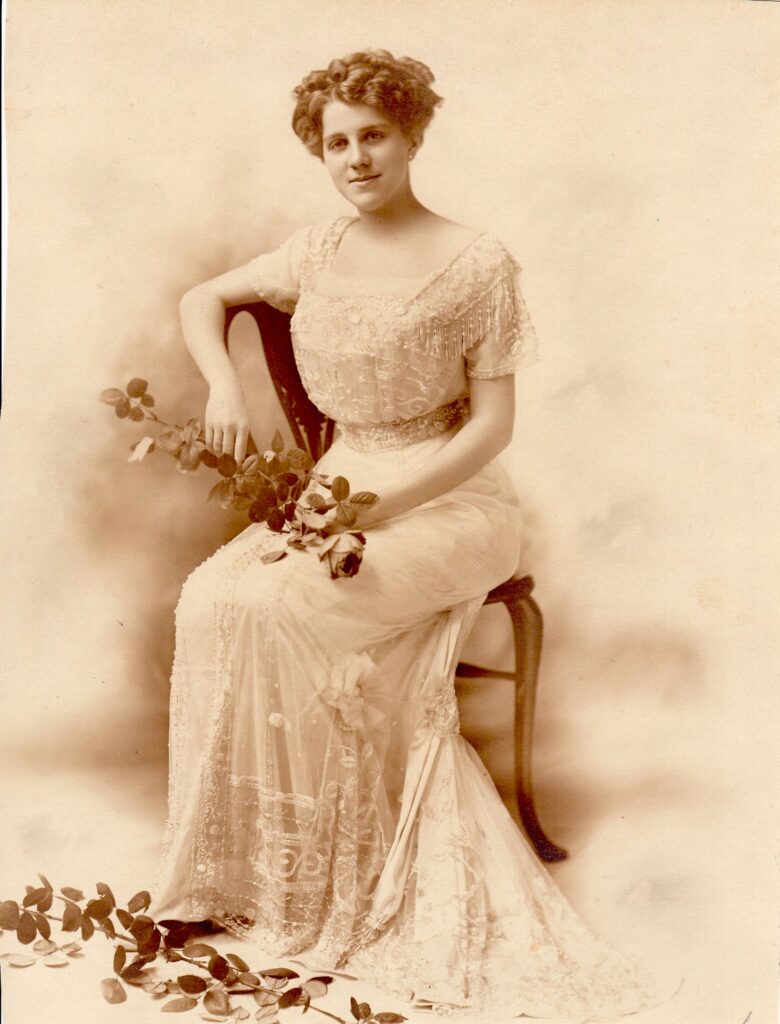
Edward Gordon Perry grew up in a little town called Woodville, Tennessee, about two hours east of Memphis. As a young man in 1908, he moved to El Paso and was the first businessman in El Paso to begin selling Fords in 1912 (the model T type) along with his brother-in-law. Three years later he began selling the first Dodges in Texas with General Pershing’s army and Pancho Villa among his clients. He then moved his family to Dallas and opened a Dodge dealership, eventually having a showroom at Pacific and Pearl, downtown. The dealership, Perry Motors Company, became the 2nd largest Dodge distributor in the country. The new dealership was the most complete dealership in the South since it provided a showroom as well as service and would allow trade-ins to upgrade your Dodge.

He also developed Perry Heights as a unique neighborhood in 1922. He created a realty company with investors and purchased the land. As a part of the deal, the seller donated a portion of the land to the city as a city park running across most of the development. Craddock Park was the first privately donated park in Dallas. He had Fooshee and Cheek, architects layout the plats to provide wide streets with no overheard wires and alleyways to keep the neighborhood attractive, with several trees to provide a canopy of green. He wanted the neighborhood to be diverse in the sizes of the homes, yet restricted the building materials to brick, stone, tile, and stucco with no wooden or frame homes allowed. Rawlins owners needed to spend at least $10,000 on their homes, which needed to be two-story dwellings, Hall owners needed to spend at least $6,000 on their new home, and Vandelia owners needed to spend at least $5,000 on their home according to the abstract of the development dated August of 1922.





Edward G. Perry, Sr. ‘s wife was Melvina Vandelia Kirkpatrick Perry from Ripley, Tennessee. They married in 1910. They had two children, Vandelia, a daughter and Edward Gordon Perry Jr., a son. Vandelia, a debutante, and Edward both attended SMU. Edward Gordon Perry Jr. because a successful inventor and businessman who served as the chief research engineer for Texas Instruments. He was also a co-founder of Recognition Equipment, Inc, (REI). He is best known for inventing the first commercially viable Retina Character Reader For more information on his life, please see https://en.wikipedia.org/wiki/Edward_Gordon_Perry_Jr.






Perry was trying to create a neighborhood for people in various life stages and economic brackets for a more diverse neighborhood. Mr. Perry Sr. believed that homeownership created strong communities within cities. He also built his family home in the center of the neighborhood and built a large playground for his children and encouraged the neighborhood children to play there as well. He named one of the newly created streets after his wife’s middle name and his daughter’s first name, Vandelia. His home was said to cost $75,000 and included a pool and tennis court and was just across Hawthorne from the park where the Park Place townhomes are now.
In addition to Perry Heights, he was very involved in the YMCA of Dallas. He was the director from 1922 to 1947 and raised one million dollars from other business owners to open three branches of the Dallas YMCA in 1928. He was also chairman of the social welfare Association committee on inter-organization cooperation that worked with Dallas businesses in providing opportunities and funds for those less fortunate.
Perry was also the superintendent of the First Methodist Church School for 16 years and a member of the board for SMU for 15 years. Perry was also the president of the USO for two years during WW II and was active in other civic and church activities. He is quoted as saying “I have had a lot of privileges in my life and I feel very humble about it.” He felt that service to his community was of utmost importance.
He and his wife moved to San Angelo in 1947 to be close to his grandchildren and died in 1952 just shy of his 66th birthday.

Great informative article. Thanks for sharing!